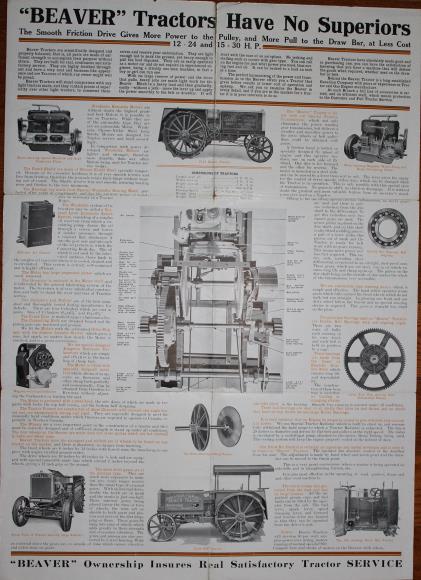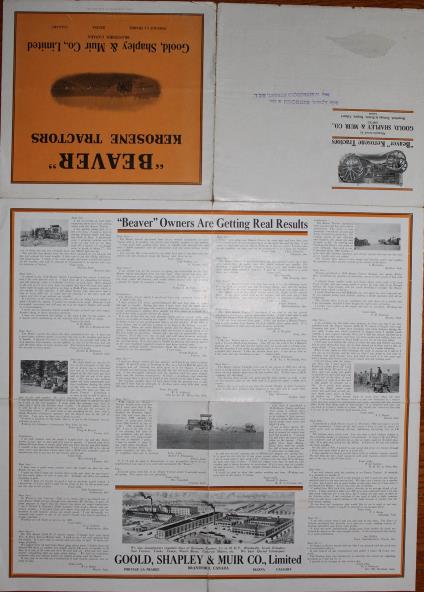




|
Goold, Shapley & Muir of Brantford, Ontario |
|
GS&M of Brantford, Ontario is one of the great mysteries in its relationship with RIPC. The RIPC name appears nowhere on GS&M products, but their Beaver tractor is a virtual clone, and GS&M used Rock Island material in their advertisement of the Beaver. Founded in 1892, Goold, Shapley & Muir started producing windmills, grinders, pumps, water tanks and concrete mixers. A fire in 1898 destroyed the factory, forcing it to relocate. At the new factory, GS&M began producing gas engines in one and two cylinder horizontal designs. In 1902 they introduced their “Ideal” engine line which included two cylinder horizontally opposed engines. Starting in 1907, GS&M began to produce their “Ideal” tractors in 35-18 and 50-25 hp sizes. Contrary to the standard of listing the drawbar rating first and belt horsepower second, GS&M chose to reverse the numbers on all their tractors. Rick Mannen’s GS&M Ideal can be seen in operation on youtube HERE. GS&M also produced an “Ideal Junior 24-12” which would become the basis for the Beaver. By 1918, GS&M had completely replaced the Ideal line with a new design, the Beaver. Using the modified chassis of the Junior 24-12, they added a friction drive transmission and a Waukesha M 41/2 by 6 3/4 (the same engine used in the Heider C) for the Beaver 24-12 . The Beaver was first debuted at the Ontario Provincial Ploughing match in Brantford Ontario in 1917 according to Rick Mannen. At the time, Rock Island was still selling the Heider in Canada through Gilson Mfg, partnering then in 1918 with the Waterloo Mfg Co of Ontario. Around 1920, a larger Beaver design was introduced, a 30-15 (sometimes called a 28-14 according to Mannen). The 30-15 weighed about 200 pounds more then the 24-12’s 5800 pounds and featured a Waukesha 5x 6 1/4 engine. Despite the fact that the Beaver did offer a few refinements over the Heider, it proved to be much shorter lived. Not many 30-15’s were produced and the company was already cycling down its tractor operation in 1920, with the final year of sales in 1921. Without the protective tariff that was in place in 1918, many Canadian companies found it difficult to compete with better placed American products. Two videos of the Country Heritage Beaver are available on youtube from just after it was returned to running condition here: http://youtu.be/RRMjmhu_Y1s Currently, no records are known either from Rock Island or GS&M on any connection between the two companies, but the design of the Beaver is so close to the Heider it is easy to believe their may have been an agreement. The timing is certainly right for Rock Island to have been willing to license the design with their agreement with Gilson winding down. Furthermore, According to Mannen, Canada had a high level of protective tariffs in place at the time, making it far more economical to buy a Canadian built tractor then an imported one. Although the tariff was eliminated in 1918, during 1917 it would have been logical to be willing to license the design. Rock Island through Henry Heider, had made efforts to patent Heiders friction design in the US, but enforcing it in Canada may have been problematic at the time. Another interesting aspect to the debate is the GS&M blatantly used Rock Island material in their advertising. A friction drive diagram is a direct copy from Rock Island material, either being an incredibly bold case of plagiarism or evidence of at least some agreement. *Rick Mannen is a regular contributor to Antique Power and avid collector of GS&M and information on Canadian Tractors. His articles and assistance made this article possible. |
|
Below Right: A diagram of the GSM Beavers friction drive provided by Rick Mannen, aside from wording the same image as RIPC’s. Below Rick Mannens Beaver and Ideal, and the Beaver in action. |

|
Copy write 2011, 2012, 2013 not for republication or sale without express written consent. All images are the property of their respective owners and are not to be reused without their express permission. |
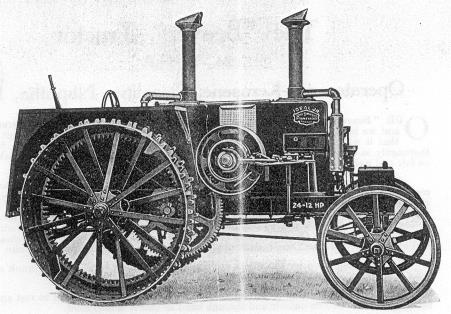
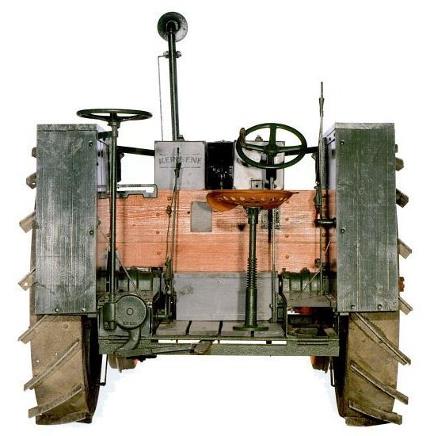
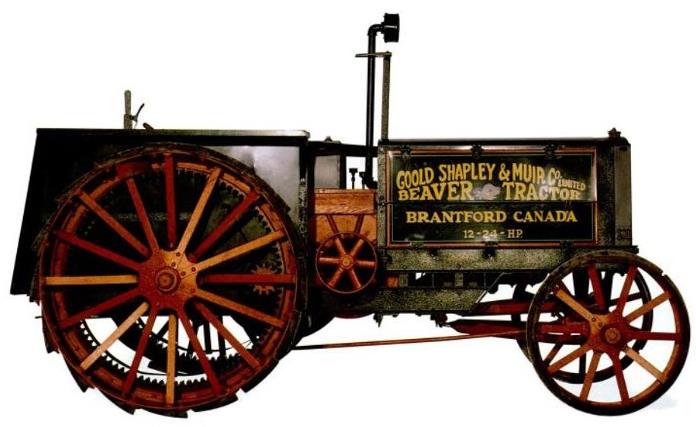
|
Above: Ideal junior 24-12 Below: Beaver Brochure |
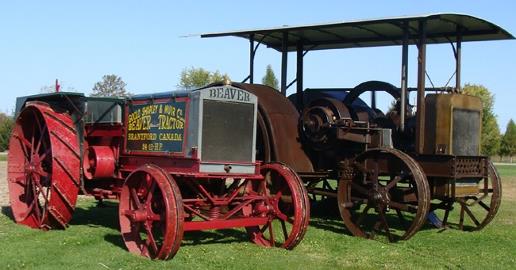
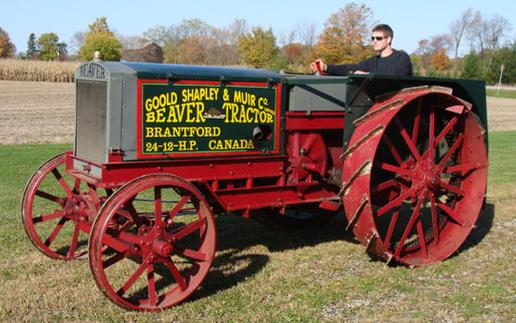
|
Above: This Beaver print has the HP reversed |
